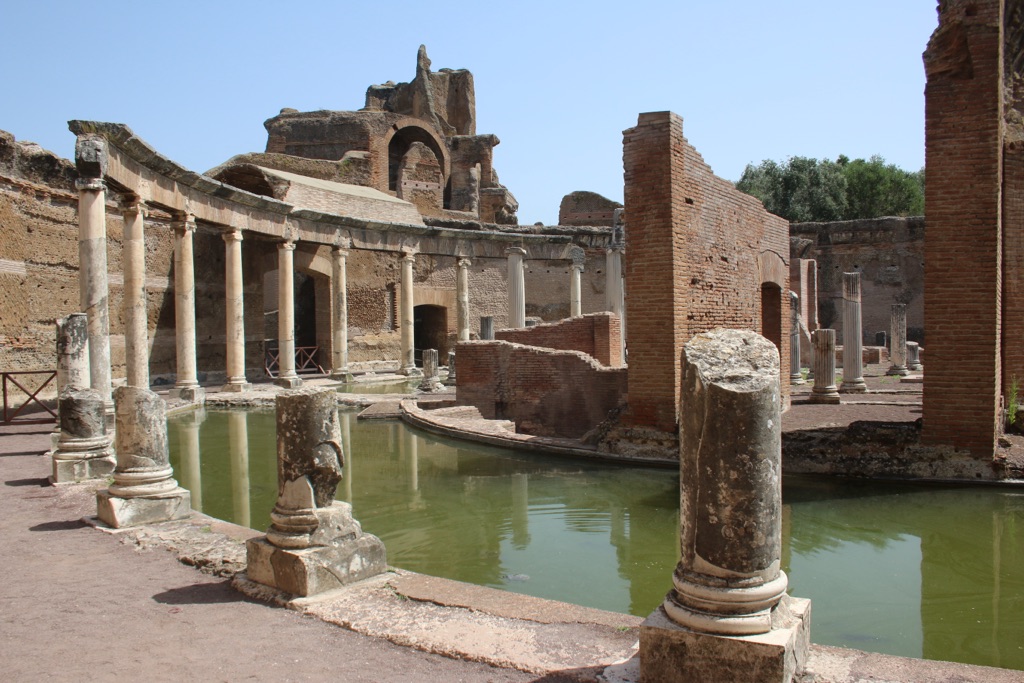Hadrian’s Villa, also known as Villa Adriana, is a vast Roman archaeological complex located in Tivoli, Italy. Emperor Hadrian commissioned this grand countryside retreat in the 2nd century AD. The villa is a testament to the architectural grandeur of the Roman Empire and reflects Hadrian’s taste for architecture and culture. It combines elements from Egyptian, Greek, and Roman designs, showcasing an eclectic mix of architectural styles. The site includes over 30 buildings, covering an area of at least 120 hectares. Hadrian’s Villa was a place of rest, leisure, and governance, where the emperor could escape the bustle of Rome. Today, it stands as a UNESCO World Heritage site, offering insights into the life and times of one of Rome’s most enigmatic emperors.
Ancient Romans
Ancient Roman Historical Sites and Ruins
Ancient Roman Mythology
| Jupiter |
| Juno |
| Neptune |
| Minerva |
| Mars |
| Apollo |
| Venus |
| Diana |
| Vulcan |
| Vesta |
| Ceres |
| Mercury |
| Pluto |
| Janus |
| Bacchus |
| Saturn |
| Cupid |
Roman Artifacts
| The Pilate Stone |
| The Lycurgus Cup |
| Scorpio (weapon) |
| Vindolanda Tablets |
Historical Figures
| The Full List of Roman Emperors |
| Nero |
| Julius Caesar |
| Marcus Aurelius |
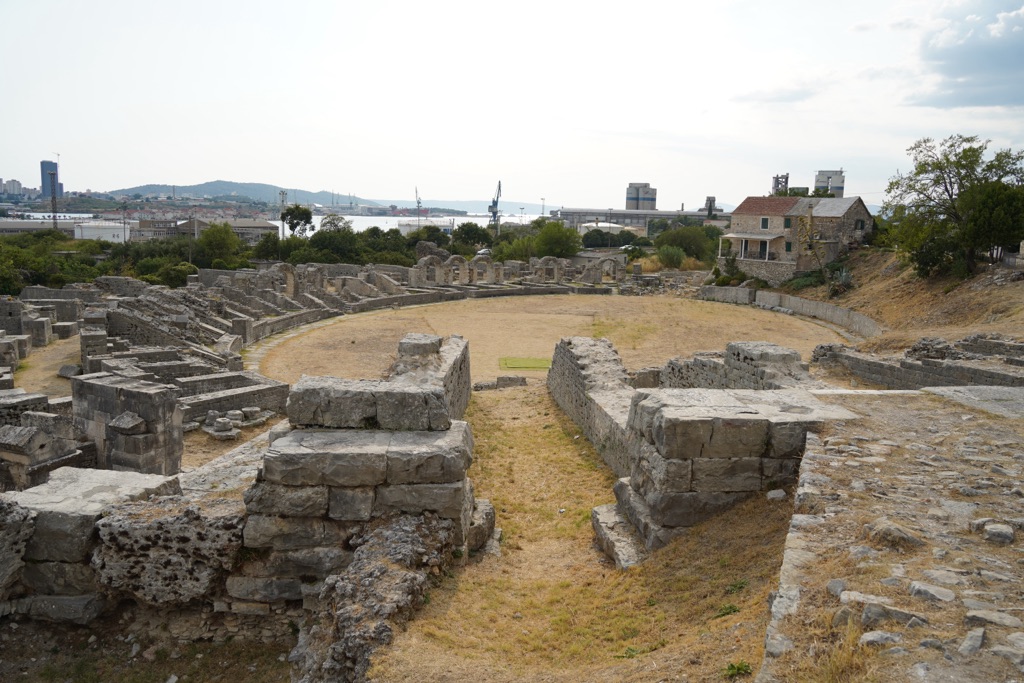
Ancient Salona
Ancient Salona, once the capital of the Roman province of Dalmatia, is a treasure trove of history nestled in modern-day Croatia. This archaeological site reveals a complex tapestry of Roman urban life, complete with public baths, an amphitheater, and early Christian graveyards. Salona’s strategic location near the Adriatic Sea made it a vital trade and administrative center. Over time, it became a melting pot of cultures and a significant early Christian stronghold, until its eventual decline following Slavic invasions in the 7th century.
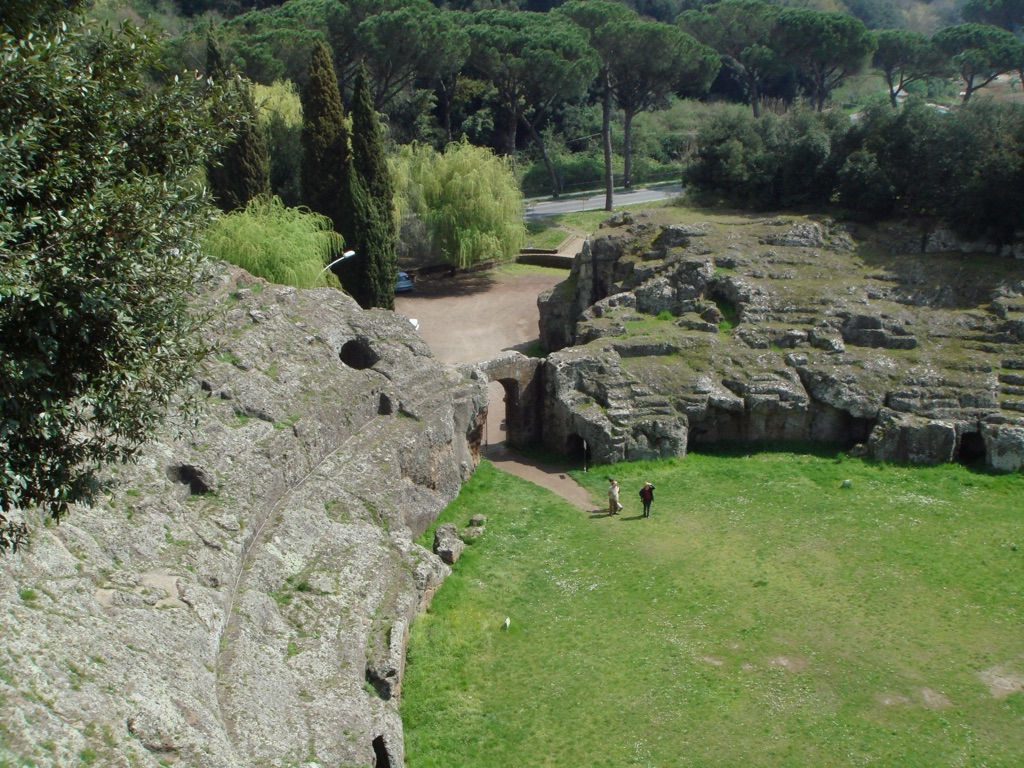
Ancient Roman Amphitheater in Sutri
The Ancient Roman Amphitheater in Sutri is a remarkable archaeological site in Italy. Carved out of tufa rock, it dates back to the 1st century AD. This amphitheater is a testament to the engineering prowess of the ancient Romans. It served as a venue for gladiatorial games and public spectacles. Over time, it has witnessed various historical phases, including a transformation into a medieval fortress. Today, it stands as a significant cultural and historical landmark, attracting scholars and tourists alike.
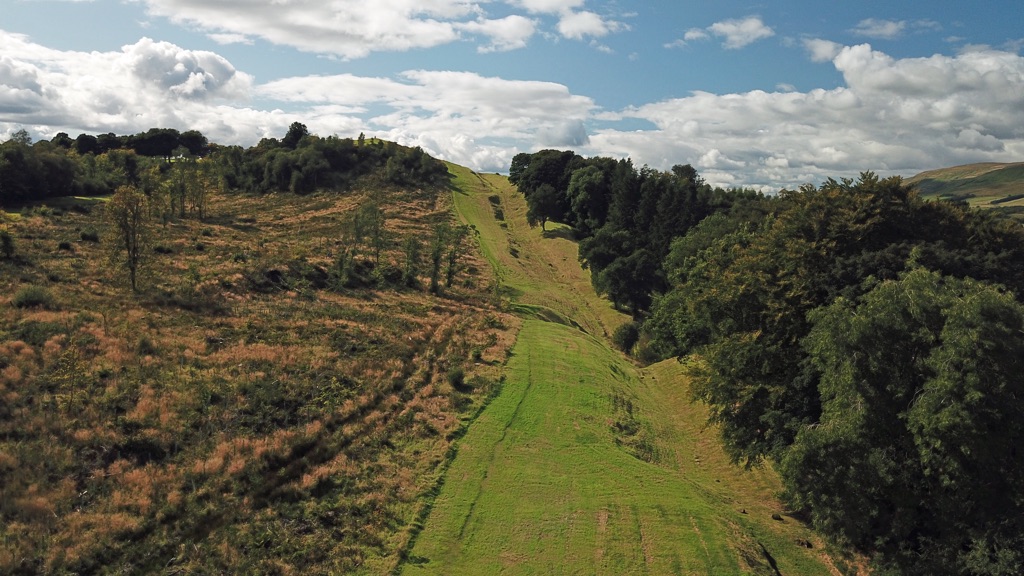
The Antonine Wall
The Antonine Wall, once a formidable frontier constructed by the Romans, marked the northernmost reach of their empire in Britain. Built on the orders of Emperor Antoninus Pius in the 2nd century AD, it spanned approximately 63 kilometers across the width of modern-day Scotland. The wall served as a physical and symbolic barrier, delineating Roman territory from that of the unconquered Caledonian tribes. Despite its impressive scale, the Antonine Wall was occupied for only about two decades before the Romans retreated to the more established Hadrian’s Wall to the south. Today, it stands as a testament to the Roman Empire’s vast reach and its enduring impact on British history.
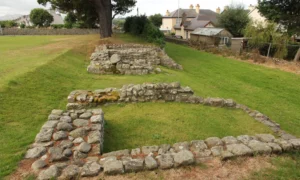
Segontium Roman Fort
Segontium Roman Fort, located in Caernarfon, North Wales, is a historical site of significant archaeological importance. Established by the Romans in AD 77 or 78, it served as a military outpost until the late 4th century. The fort played a crucial role in the Roman conquest and control of Wales, and its remains provide valuable insights into the Roman military and their way of life in this remote province of the Roman Empire.
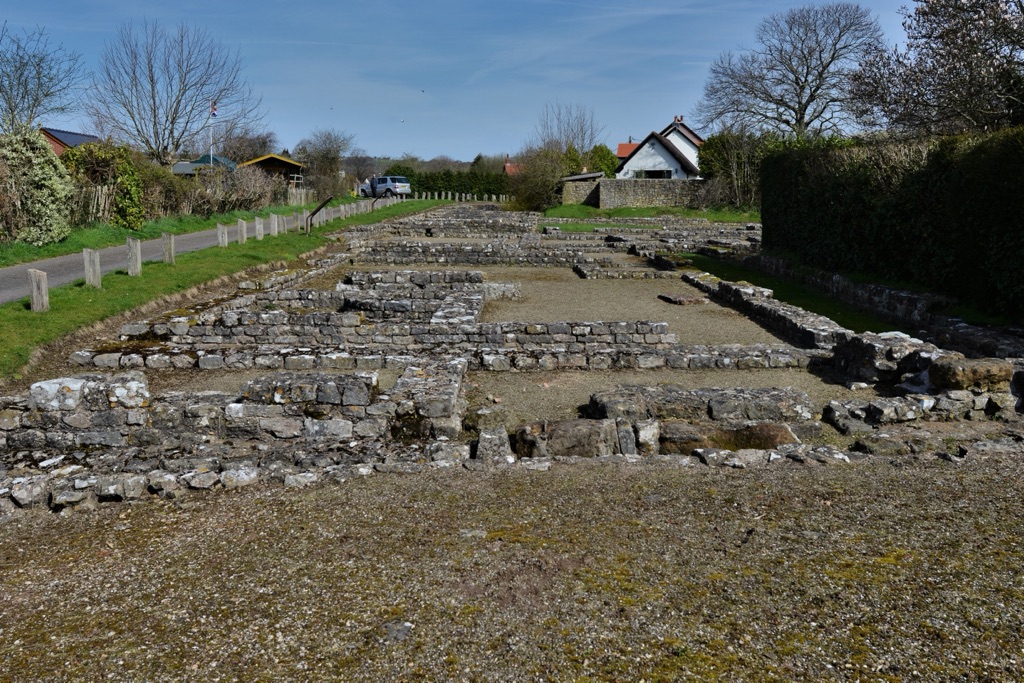
Caerwent Roman Town
Caerwent Roman Town, nestled in Monmouthshire, Wales, stands as a testament to Roman urban planning and architecture. Once known as Venta Silurum, it was a bustling market town established by the Romans in the 1st century AD. The town boasts well-preserved ruins, including sections of the town walls, a forum-basilica, and a Romano-British temple. Caerwent offers a unique glimpse into Roman Britain, revealing the daily lives of its ancient inhabitants through the archaeological findings.

